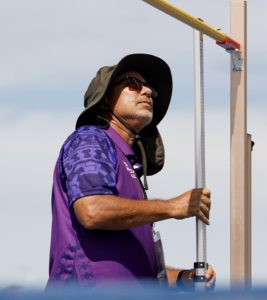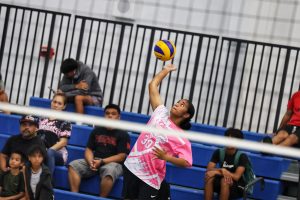Players welcome AirBadminton
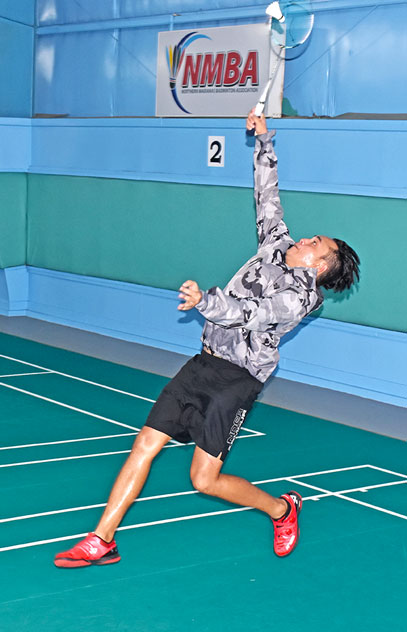
Imagine playing badminton at the sand court with one of Saipan’s beautiful beaches as your backdrop.
The picture perfect scenario will be made possible in the near future as Northern Marianas Badminton Association is considering introducing AirBadminton in the CNMI.
Launched by Badminton World Federation and HSBC last year, AirBadminton brings the sport to an outdoor setting, giving more people the opportunity to play it in more places. With the use of a modified shuttlecock called AirShuttle, AirBadminton can be played in hard, grass, and sand surfaces in parks, gardens, streets, playgrounds, and beaches. While a regular badminton has singles and doubles, AirBadminton is played with three players (one female and two males) on each team.
NMBA president Merlie Tolentino said AirBadminton suits well for the CNMI with the islands surrounded by beaches and a lot of open spaces can be utilized to serve as venues for the games. She added that NMBA now has equipment for AirBadminton and they are looking at introducing the new outdoor game to the community.
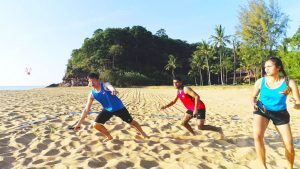
Janelle Pangilinan, who represented the CNMI to the 2019 Pacific Games in Apia Samoa, is excited with the prospects of playing badminton outdoor.
“I am excited to try it. I even tried ordering AirShuttle, but due to limited international shipping (du to the COVID-19) it’s hard to get one right now. With AirBadminton, badminton can be played anywhere and wind won’t be much of a problem,” Pangilinan said.
BWF is working with sports equipment manufacturers to mass produce and eventually develop an AirShuttle that can withstand winds up to 12 kilometer per hour.
“AirShuttle is way heavier than a regular nylon shuttlecock. I hope that in the future outdoor badminton can be an official sport in the CNMI,” Pangilinan added.
Nate Guerrero, another athlete that saw action in last year’s Pacific Games, sees AirBadminton as an opportunity to grow the sports in the Commonwealth, specifically among students.
“I believe this will help schools here in the CNMI in regards to launching and incorporating badminton into their physical education,” Guerrero said.
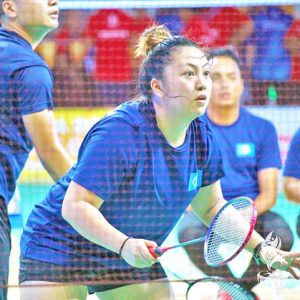
The Pacific Games participant noted that some schools have badminton equipment, but they can’t play outdoors because of the wind. With AirShuttle, which is made with an increased durability, stability, and wind resistance, that won’t be a challenge anymore.
Overall, Guerrero is optimistic that AirBadminton will gain popularity here.
“It’s supposed to work well with our weather. The shuttle is supposedly heavier in the head and plastic for the body. It being heavier, your racket needs to be adjusted to lower tension so the shuttle doesn’t snap your string,” he said.
Guerrero added that after attending the Pacific Games in Samoa, he learned that BWF will be working on having AirBadminton as another Olympic sport. United Arab Emirates (Dubai), China, Singapore, and other Asian countries have started holding AirBadminton tournaments.
BWF, through its president and Atlanta 1996 Olympic Games men’s singles gold medalist Poul-Erik Hoyer, said during the launch of AirBadminton in China that the outdoor sport can also be played by people with disabilities.

